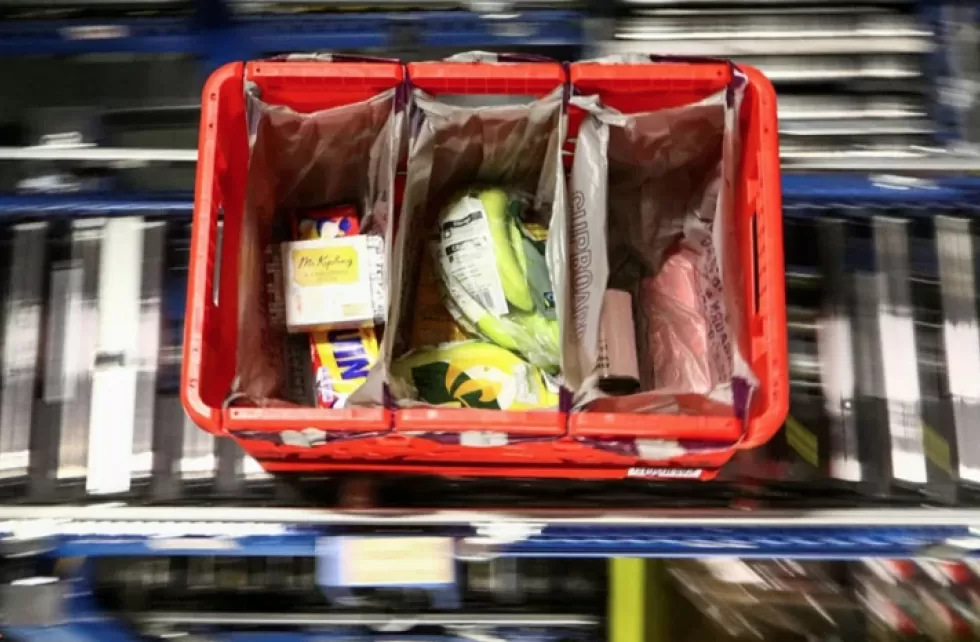Fashion ecommerce can be highly lucrative, but the consequence of this is heavy competition and the immediate effect of any economic influence. You only need to watch the news on any TV channel currently to hear predictions of an economic recession looming. You might be surprised to know therefore that the Bank of England predicts a 6.5% growth in ecommerce retail for this year. This article is about consolidating your future by application of hyper-personalisation into your marketing, and why it is the most essential ingredient to success.
With increasing competition for online spending, brands are seeing hyper-personalisation as more crucial than ever. The fashion industry, with its many sizes, collections, and styles, is a lot more complicated and overwhelming to consumers than most other retail categories. With all these complexities of the industry, it is no surprise that conventional approaches to personalisation are falling short – 20-fold short!
As the stats verify, consumers expect hyper-personalisation in their digital shopping as a prerequisite now, and retailers falling short should appreciate the potential losses for not doing so. By using a hyper-personalisation strategy, you’re removing the complexity of decision-making for the customer and the complexity of manually guessing and updating, making it a two-fold benefit.
Research facilities including Forrester, McKinsey, Bain and Statista all agree that personalisation delivers a twenty-fold increase in online sales above and beyond all other marketing investments made. That’s a reflection on the necessity and power it can deliver, and why omission has dire consequences.
Retailers like ASOS do it well and are market leaders in it. But a lot of other retailers, including some big names, are struggling with the basics, Amazon included.
Successful ecommerce retailers understand that providing a seamless experience is key and that means empowering the customer and helping them navigate their online shopping journey. A seamless user experience is essential to ecommerce success, but it’s the shopper journey that determines how successful the purchase experience will be.
Fashion ecommerce hyper-personalisation
The core necessity for hyper-personalisation is data. If you don’t know what people want, how can you possibly hope to offer it to them? Therefore the most crucial element of marketing campaigns is capturing data, and most ecommerce platforms have a wealth of data at their disposal, which many often don’t appreciate is there.
As revealed in our report on the importance of hyper-personalisation in ecommerce, Aberdeen Group research verified that 75% of all consumers expect hyper-personalisation, and 61% engage when it is used. These are significant percentages, that monetise immediately for you as a fashion retailer, on introduction.
But many retailers so sadly either lack or worse fear the technology necessary to enrich their lives and more importantly those of their consumers.
How to take hyper-personalisation to your customers
It’s widely appreciated that personalising pages on your ecommerce site encourages a great deal more custom, loyalty, and AOV as an immediate benefit, but then for some strange reason, they leave it at that. What is less appreciated is that stopping there is the same as sitting on a park bench, as long as you sit there someone is bound to happen by at some point. This translates into waiting for customers to come to you. Why?
The solution is hyper-personalisation software, which uses data captured from each consumer as they visit your site, including what they look at, return to most often, etc. It then aligns this with both that individual’s buying history and their perpetual purchases, to rank every SKU on your site by the greatest likelihood of imminent purchase by each individual, as no two people are ever alike.
Instead of waiting for consumers to buy specific products, promoting this season’s stock for example, PPS it uses a predictive analytics algorithm to work out which products offer the greatest buying propensity for each consumer. There is no segmenting involved.
Then, using a machine learning algorithm, it also calculates when that person is most likely to do so. At that precise moment optimising the send time, it sends them their unique email with their tastes, interests, and likes, which delivers you the highest ROI possible. PPS is 100% autonomous software, that requires zero human input.
PPS is installed as a plugin and gathers all the required fashion-website data you need, and then applies it in the most immediate and lucrative way possible. It uses the product details, images, language and currency you use. You could be up and running in the next 5 minutes.





